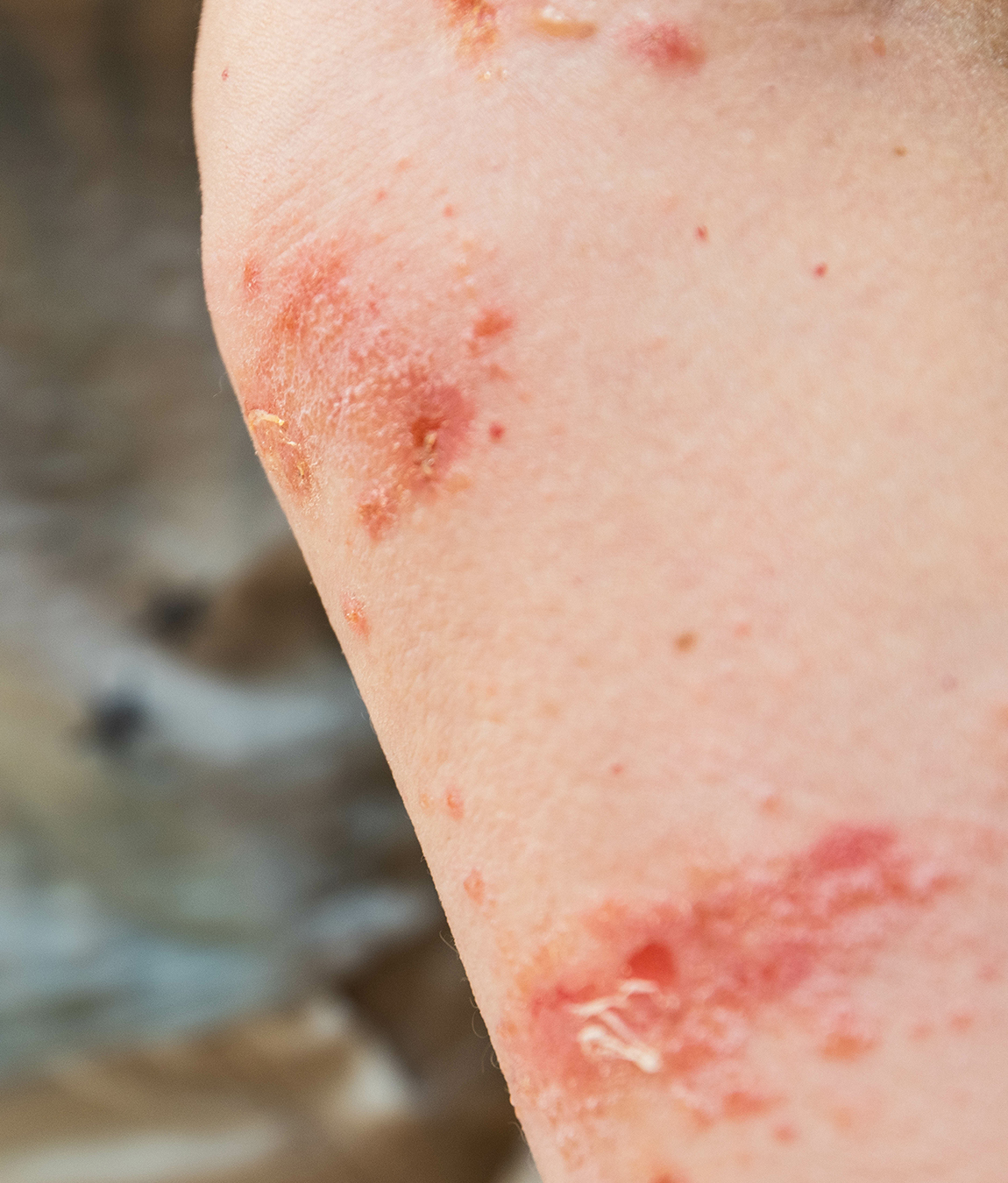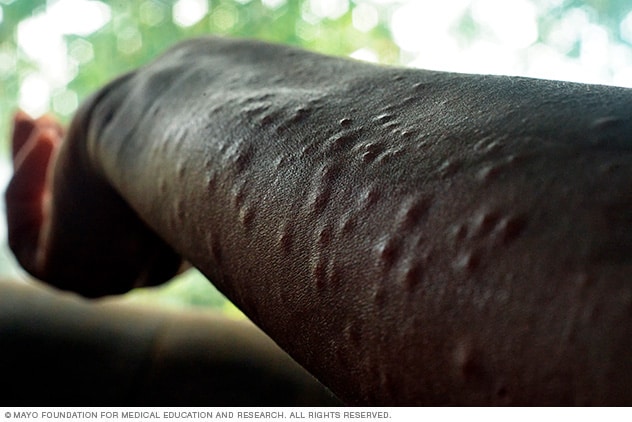

It may have a small cluster of white berries in the spring that can last throughout the winter. Poison ivy can grow as both a vine and a shrub. They are green in color in the spring but turn reddish to orange in color in the fall. The leaves are pointed at the tip and the middle leaf may be slightly larger than the other two side leaves. The poison ivy plant has leaves that grow in groups of three.
#MILD POISON IVY RASH HOW TO#
The old adage “ leaves of three, let them be” can be a helpful way to remember how to differentiate poison ivy and poison oak from other plants that are safe to touch. Their appearance can vary depending on a number of factors, including: Therefore, it is important to learn how to identify them. Plants in the genus Toxicodendron commonly encountered by people who enjoy the outdoors. Identification of the plant: the key to avoiding contact Poison sumac is found mainly in the southeastern part of the country.

In the U.S., poison ivy is more common east of the Rockies and poison oak west of the Rockies.
#MILD POISON IVY RASH SKIN#
Also, it affects all ethnicities and skin types. Poison ivy affects children and adults of all ages, although there is some evidence that the allergic response can decreases with age if people are not repeatedly exposed. Although anyone can be affected, certain professionals are at particular risk, including, In fact, it is estimated that ~50 million people annually require medical treatment after being exposed to urushiol. Urushiol is highly allergenic and many people are sensitized to it. The epidemiology of poison ivy dermatitis Transfer of the resin from these objects to human skin can also trigger the immune response. And, it can be transferred to clothes, the fur of pets, and other objects such as gardening tools that come in contact with the plants. It is important to know that urushiol is found in all parts of the plants, including the leaves, stems, and roots. The presence of these allergens on the skin triggers the immune response that results in the rash. These allergens are small and able to quickly penetrate the outer layer of the skin called the epidermis. It is triggered when the allergens in oily sap resin, urushiol, is transferred to the skin. The rash is a type of allergic contact dermatitis (a classic type IV cell-mediated hypersensitivity reaction). For ease of reading, the term poison ivy will be used instead of listing all three plants repeatedly. The medical name for the condition is Toxicodendron dermatitis or Rhus dermatitis. It is often referred to as poison oak in the Western US. The most commonly encountered plants of this genus include poison ivy, poison oak, and poison sumac.Įven though all three of these plants can cause the rash, it is commonly referred to as poison ivy dermatitis, particularly east of the Rockies. Plants of the genus Toxicodendron (previously classified as the genus Rhus) can cause an itchy rash in many people who come in contact with them.


 0 kommentar(er)
0 kommentar(er)
